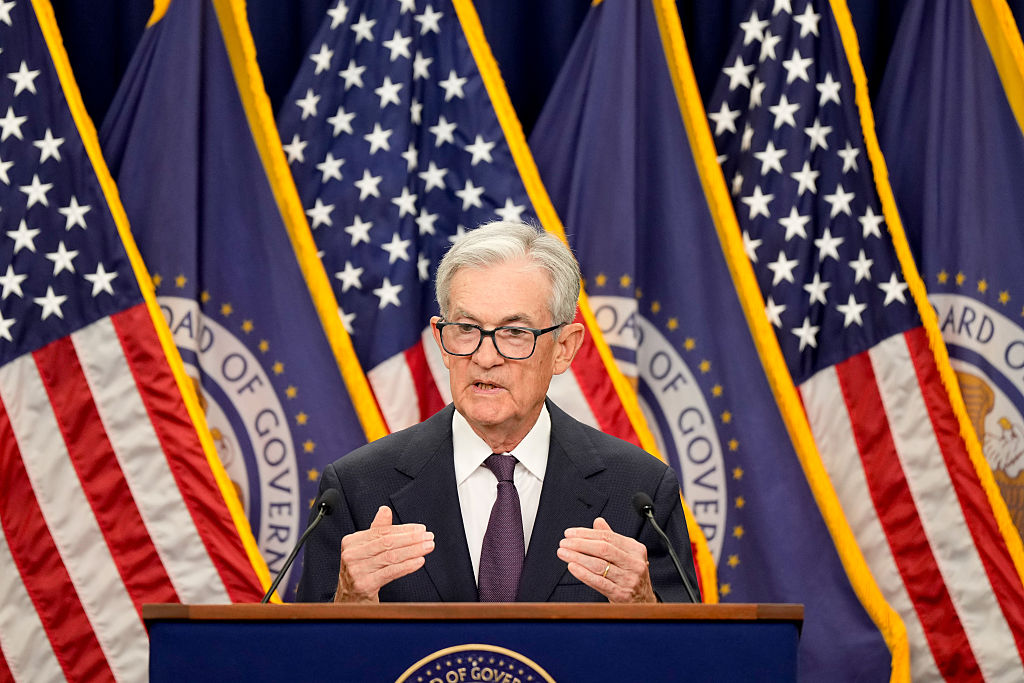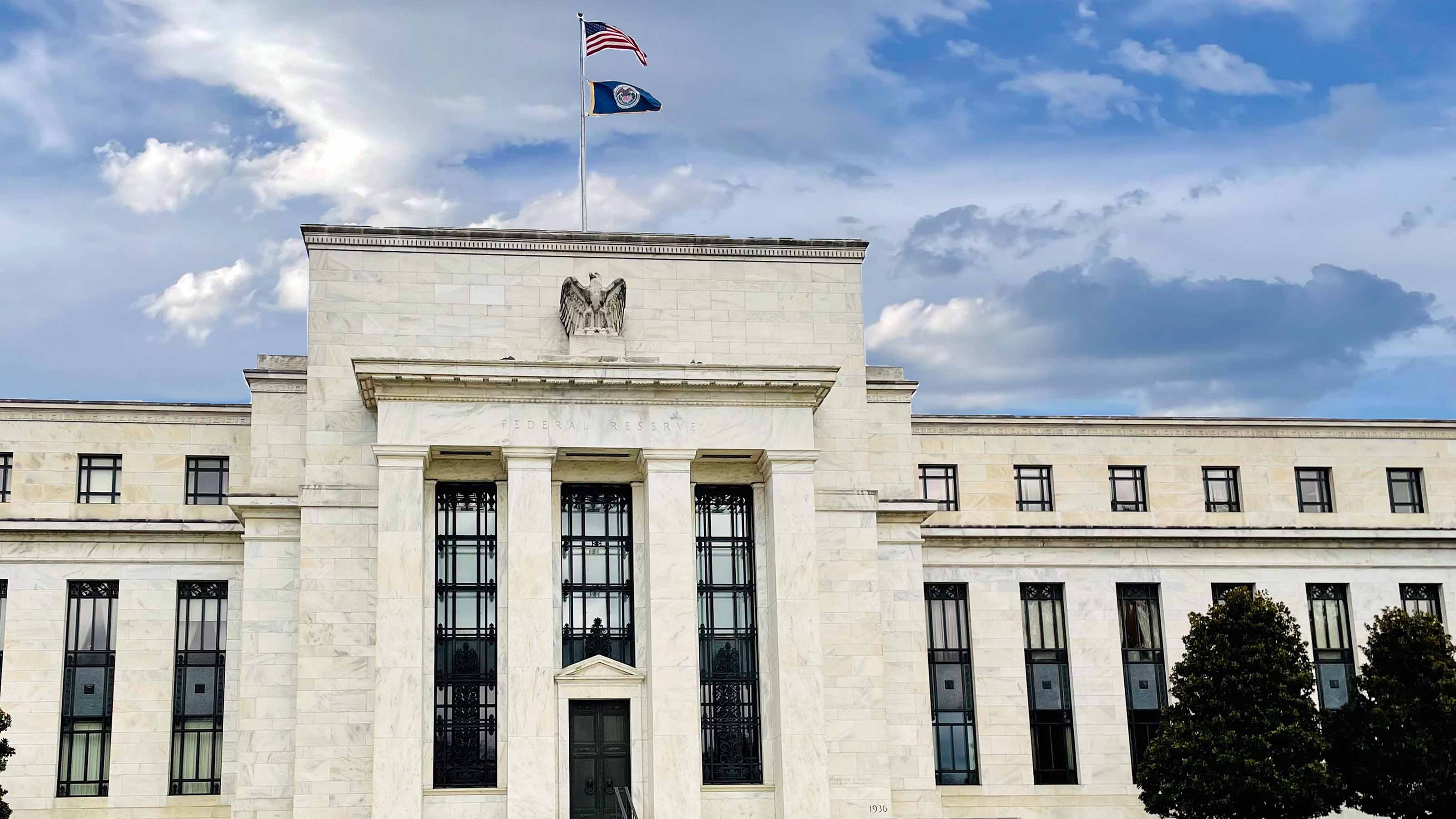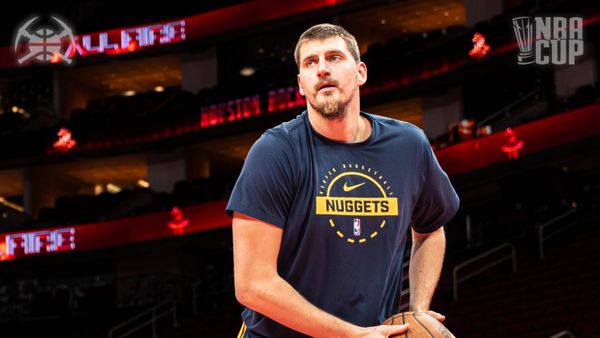
The Federal Reserve is in a tricky spot these days as the central bank's rate-setting committee gathers for its next meeting.
On the one hand, inflation remains above the Fed's long-term target and price pressures could resurface as a result of President Donald Trump's tariff policies.
On the other hand, the jobs outlook is weakening and too many folks are priced out of the housing market. The lack of official data during the government shutdown only complicates matters for policymakers ahead of the next Fed meeting.
For example, the next CPI report, a measure of consumer inflation in November, is slated for release a week after the Fed convenes, as is the November jobs report. Meanwhile, the October CPI report was cancelled altogether.
Happily, private data and the resumption of official statistics give the central bank's Federal Open Market Committee (FOMC) enough to go on, experts say, and lower borrowing costs are on the way.
"The Fed will pay more attention to the private ADP jobs report than usual since the official November jobs report is delayed," writes Bill Adams, chief economist at Comerica Bank. "The Fed will likely note the increase in the unemployment rate through September when they meet next, and that data like ADP's imply that the unemployment rate likely rose further in October and November."
As a result, the Fed is likely to cut the short-term federal funds rate at its next meeting, Adams says.
When you consider the Fed's dual mandate against the backdrop of sticky inflation and a softening labor market, it makes sense that folks are obsessed with tracking when the next Fed meeting is coming up.
After all, lower interest rates today equal higher returns for equities tomorrow.
The next Fed meeting: What to expect

For the record, the central bank's rate-setting committee is called the Federal Open Market Committee.
As you can see from the FOMC meeting calendar below, the committee meets eight times a year, or about once every six weeks. The FOMC is required to meet at least four times a year and may convene additional meetings if necessary. The convention of meeting eight times per year dates back to the market stresses of 1981.
FOMC meetings last two days and conclude with the committee releasing its policy decision at 2 pm Eastern time. The Fed chief then holds a press conference at 2:30 pm. (Pro tip: as closely scrutinized as the Fed statement might be, market participants are usually even more keen on what the Fed chair has to say in the press conference.)
As for the next Fed meeting, it will begin on Tuesday, December 9, and conclude with a policy statement on Wednesday, December 10, at 2 pm Eastern.
A quarter-point cut is by far and away the betting favorite.
As of December 5, interest rate traders assigned an 87% probability to the FOMC trimming the fed funds rate by 25 basis points (0.25%) to a target range of 3.50% to 3.75%, according to CME FedWatch. That's up from 62% a month ago. The odds of rates remaining unchanged stood at 13%, down from 38% last month.
The schedule of upcoming Fed meetings is listed below, courtesy of the FOMC.
December 9-10, 2025 |
January 27-28, 2026 |
March 17-18, 2026 |
April 28-29, 2026 |
June 16-17, 2026 |
July 28-29, 2026 |
September 15-16, 2026 |
October 27-28, 2026 |
December 8-9, 2026 |







